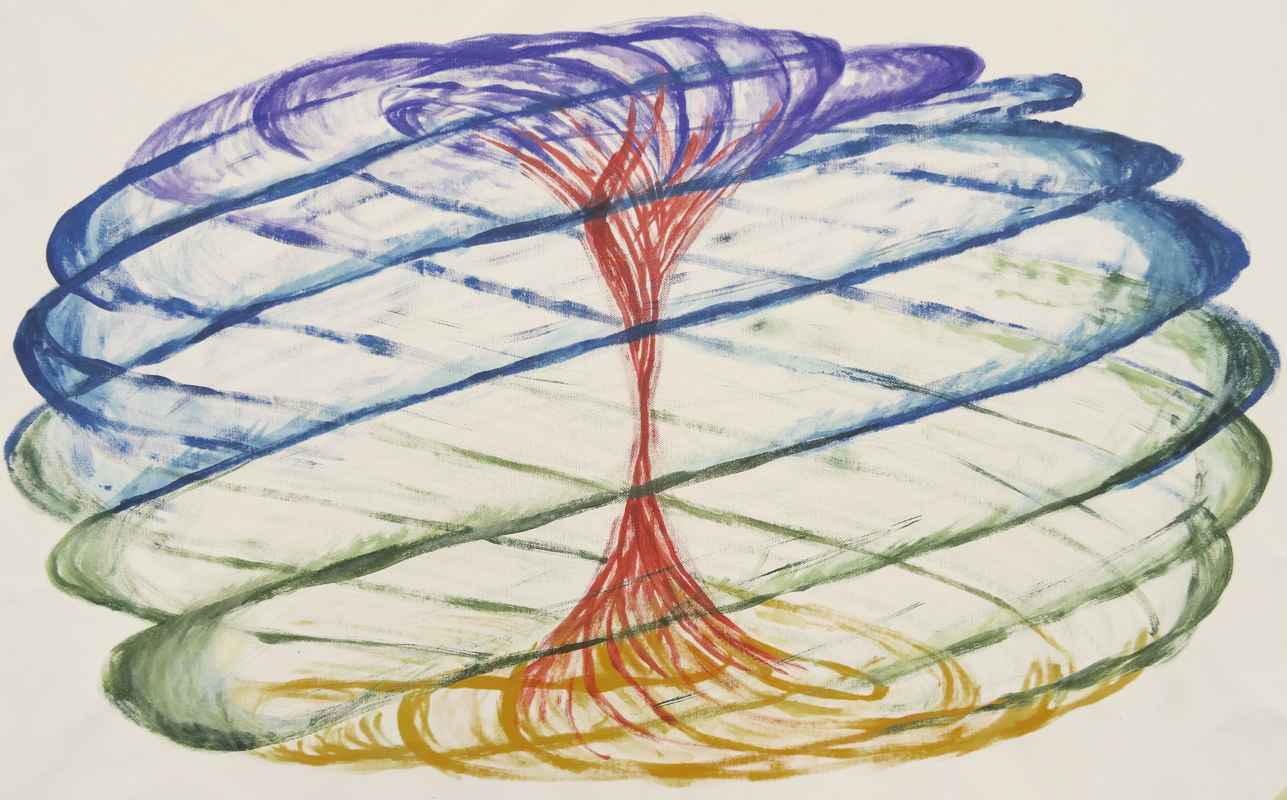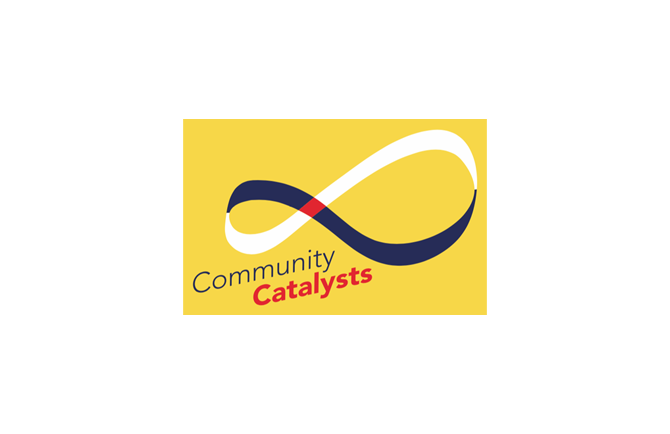HOW DO WE LEARN
LEARNING THROUGH A COLLABORATIVE DESIGN PROCESS
5 phases of inquiry + 3 phases to support the learning and collaborative design process
The learning journey within each module is structured in subsequent phases that follow the WeLand collaborative design process. WeLand - Making Sense of Place is a design process based on the understanding that communities grow integrity and regenerative capacity through making sense of place. This design process aims to cultivate and act out an awareness of natural patterns through a holistic engagement of listening deeply to the voices of humans and other-than-human beings in the landscape of real places, revealing their unique potential step by step. It is a dynamic process of contextualising, grounded in a universal natural pattern - the torus. The toroidal vortex is a pattern widely observed in nature as it self-organises in continuous motion. The design process inspired by the torus invites communities to co-create regenerative livelihoods by engaging in a flexible set of transformative practices. Any member of a community can activate WeLand.

Inside the torus lie the phases of the WeLand Process:
LANDSCAPE INTEGRITY to understand landscape as it is perceived;
CO-SENSING to understand the presence of who is part of the landscape;
IDENTITY NAMING to identify what is willing to emerge from the relationship between what we are and what we may become;
CO-DESIGN to co-create strategies for landscape and community regeneration;
REGENERATIVE LIVELIHOODS to implement and share desired actions.
To support these 5 phases of inquiry, we have other 3 phases in this curriculum:
CREATING THE SOIL to establish a fertile ground for the design process;
FEEDING THE SOIL to go deeper in transformative economies concepts;
BACK TO THE SOIL to celebrate and learn from the design process.
EXPERIENTIAL LEARNING
Each module includes a WeLand cycle, inviting you to learn about your initiative in view of Transformative Economies, while you deepen the relationship with your place and collaboratively design regenerative ways of co-evolving. In each phase, learners will be invited to select the exercises that best suit their learning experience amongst a pre-selection of practice cards offered by the curriculum. Each exercise practice is presented in a WePractice card, selected from a wider number of cards that compose the Community Catalyst toolkit. In each card, you will find the reason to do it, the “why”, the “how” you do it and “what” resources you need to make it happen, as well as a tip for its application. Each of these practices are flexible invitations and, in most cases, described in a general enough way to be adaptable to your unique context and circumstances.
In different phases of the process, you will be invited to choose a few practices out of a certain number of cards and encouraged to find your own learning pathway along the journey. Experiencing the whole learning curriculum, users might note that some WePractice cards are positioned in all modules. The reason for that is that these cards are relevant for all modules and to be experienced from different angles, according to the different dimensions the modules work with. In all modules, learners will be invited to complete the necessary steps of a design phase to proceed to the following phase.
Tips for the Learning Experience
-
Adapt the practices as much as needed: the instructions for the practical activities are to be considered as flexible invitations, to be adapted to the needs and the context of your unique learning experience. The minimum time required for each practice is also a general reference to be considered according to your specific needs and current availability. When the minimum duration exceeds the availability of time for it in the process you are in, consider starting it and continuing it as far as possible or leave it for the future. In principle, all activities can go for as long as you wish as there are always ways to go deeper or wider.
-
Set up a nice space for the learning journey that can be physical or virtual. Program your time together according to the phases to make sure to experience the whole journey and go as deep as the time available allows.
-
Be as visual as possible, track the process by having a physical or digital backlog and harvest main findings by having a wall to harvest results of the process and remember to build your archive. Use colours according to the WeLand phases colour code. A Seed Bank can help you take notes on important topics that emerge during the process and are to be considered later.
-
To know more about the Backlog, Harvest Wall, the Seed Bank and other simple tools and tips that can help the learning process, have a look at the ‘Creating the Soil’ WePractice cards of the Toolkit.

